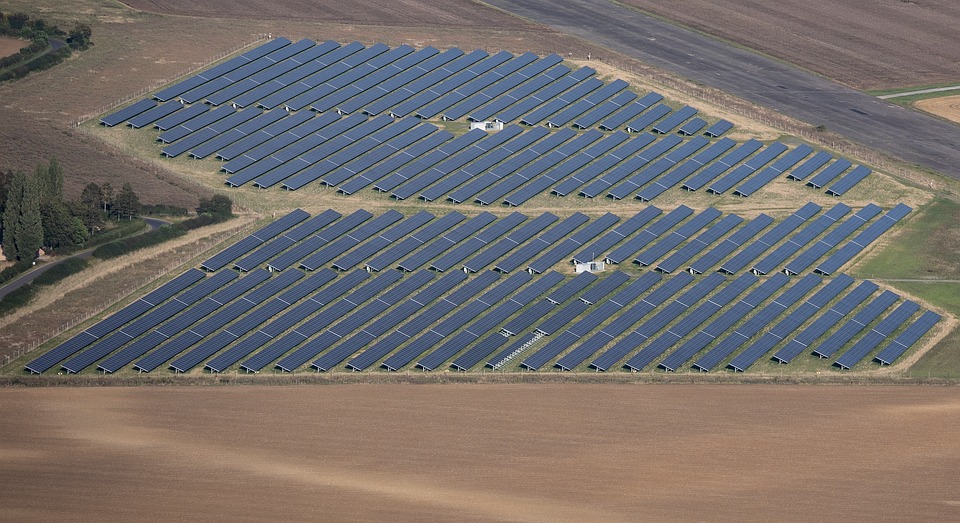The power plant was constructed and maintained by SunPower Corporation, which is the engineering, procurement, and construction contractor for Solar Star, will also cater to its operations and maintenance.
The Solar Star solar power plant, with a total capacity of 579 MW, using 1.7 million solar panels, and spread over 13 square kilometers (3,200 acres). Compared to other photovoltaic plants of similar size, Solar Star uses a smaller number (1.7 million) of large form-factor, high-wattage, high-efficiency, higher cost crystalline silicon modules, mounted on single axis trackers. In contrast, the Desert Sunlight Solar Farm and the Topaz Solar Farm (550 MW each) use a larger number (roughly 9 million) of smaller form-factor, lower wattage, lower efficiency, lower cost thin-film CdTe photovoltaic modules, mounted on fixed-tilt arrays and spread over a larger land area. Both approaches appear commercially viable.
Solar Star, which was formerly called Antelope Valley Solar Projects, is actually two projects — Solar Star 1 and Solar Star 2 — co-located in Kern and Los Angeles Counties in California, USA. Installed across 3,230 acres, the projects employ 1.7 million SunPower monocrystalline silicon PV panels. The construction for the project started in January 2013, and was completed at the end of 2015.
The Solar Star Projects delivered enough electricity to power the equivalent of approximately 255,000 homes. The projects have also created approximately 650 construction jobs over a 3-year construction period. In addition to this, up to 40 operations and maintenance jobs, including 15 full-time site positions, will be created during the life of the project.In terms of emissions, more than 570,000 tons of carbon dioxide will be avoided annually — the equivalent of removing over 2 million cars from the road over 20 years.
According to cleanteachnica.com








